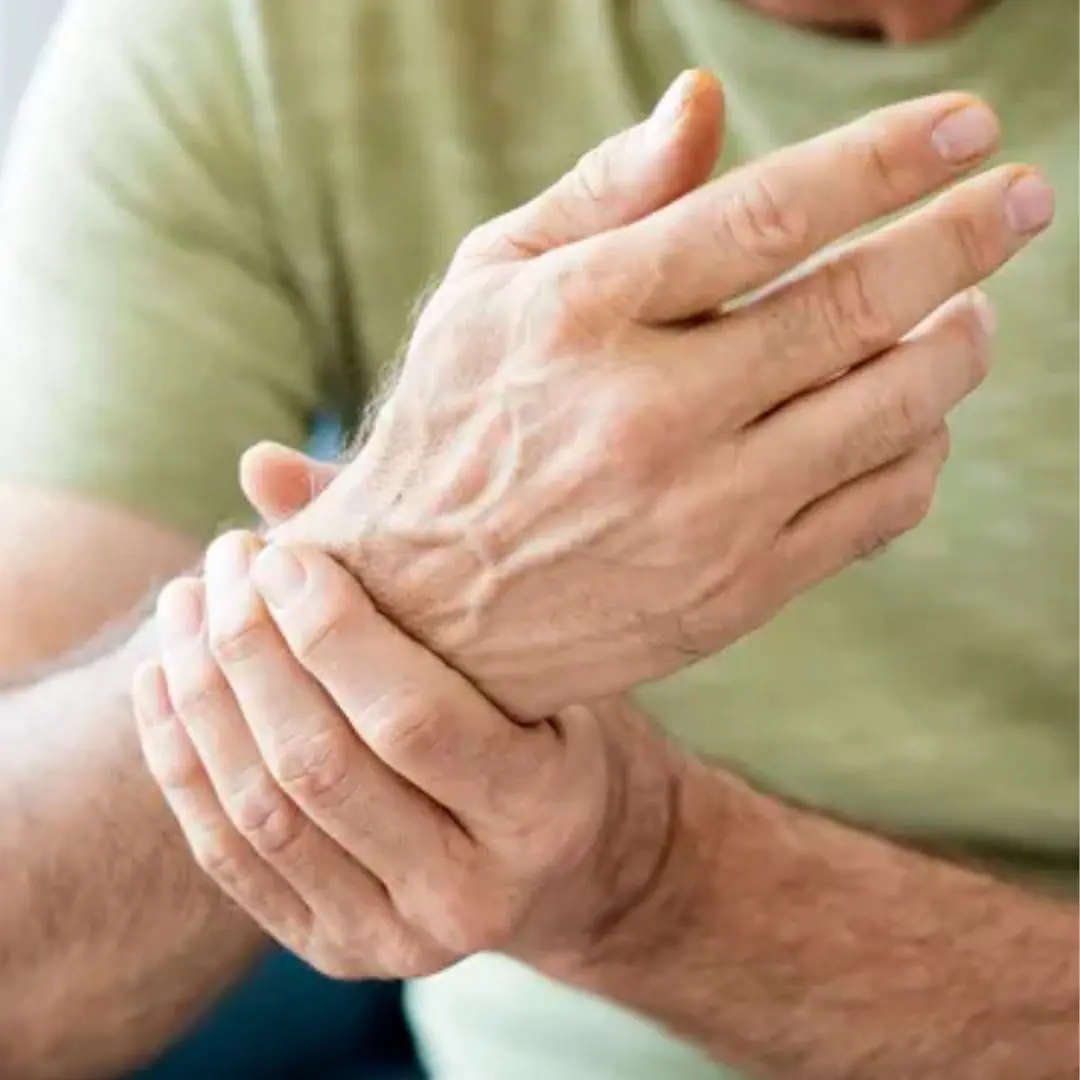
Should you plug the phone in first or the charger first?
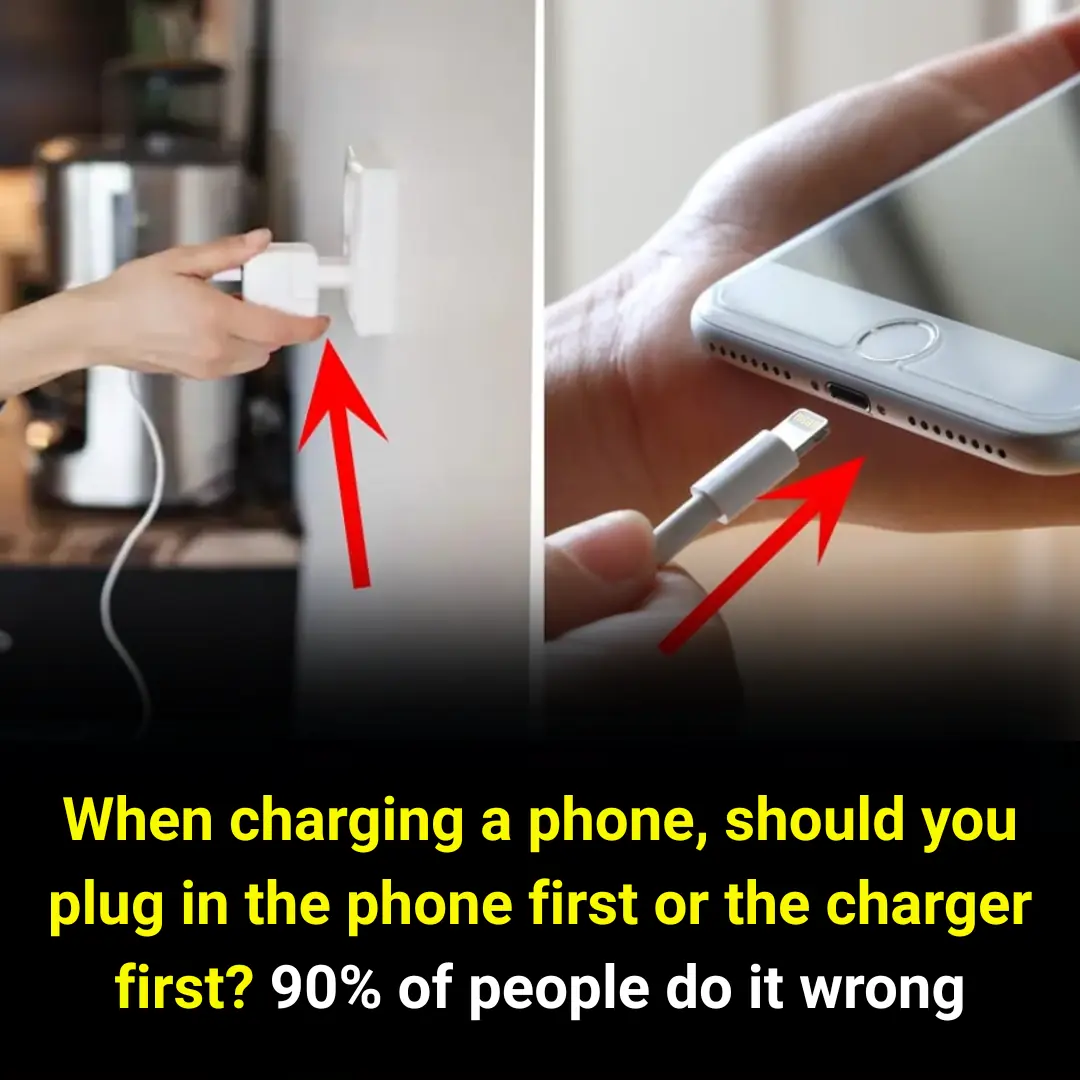
1. Plug the Phone In First or the Charger First?
When charging your phone, should you plug the phone in first or the charger? The correct answer is plug the charger in first. When you charge your phone, the charger converts high voltage into low voltage through a transformer, and then transfers it to the phone.
If you plug the phone into the charger first and then into the socket, there’s a risk that the phone could connect directly to the power supply, causing a sudden voltage surge. However, if you plug the charger into the socket first and then connect it to the phone, this situation almost never occurs, unless the power supply is unstable.
It’s best to plug the charger into the socket first, then connect it to the phone to avoid the risk of electrical shock.
2. Should You Unplug the Phone or the Charger First After Charging?
The correct answer is unplug the phone first. When you unplug the charger, a reverse current is generated, which can accelerate the aging process of the battery.
Although the principle may seem complicated, you can remember it simply: consider the charger, charging cable, and socket as one unit. When charging, the phone is "attached" to the charger, and when fully charged, the phone is "removed."
3. Should the Phone Be Charged to 100%?
The phone battery is primarily lithium-based, which operates through a continuous charging and discharging process between the positive and negative electrodes. If the battery is overcharged or discharged too deeply, the structure of these electrodes may be damaged, reducing the battery's capacity and lifespan.
Although many phones have overcharge protection features, you should still develop good charging habits. The best practice is not to wait until the battery is completely drained before charging. Instead, charge it regularly with a lower level of charge, which helps prolong the battery’s lifespan.
4. The Da.ngers of Incorrectly Charging Your Phone Battery
Most users tend to leave the charger plugged into the socket after each charging session. This not only wastes electricity but also creates a risk of short-circuiting and fires, especially when using third-party chargers or chargers from unreliable sources.
Additionally, leaving the charger plugged in continuously can cause it to heat up, potentially leading to electrical short circuits and fires. Therefore, after charging your phone, you should unplug the charger from the socket to ensure safety for both the device and those around you.
Moreover, during the charging process, smartphones charge through the charger by transferring energy via the charging cable. At this stage, the phone charger functions as a transformer, converting high voltage to low voltage (from 220V down to 5V, 9V, 12V, etc.) and providing the direct current to charge the battery.
Thus, during the entire charging process, plugging the charger into the power supply first is considered the correct step. Only when the transformer steps down the voltage will the phone be charged fully.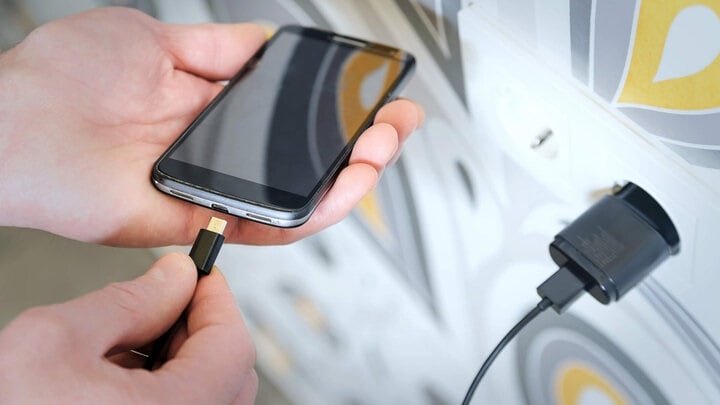
5. Tips for Charging Your Phone Battery:
-
Plug the charger into the socket first, then connect it to the phone.
-
Unplug the phone from the charger before unplugging the charger from the socket.
-
Avoid charging the battery to 100% or letting it fully deplete.
-
Do not leave the charger plugged into the socket when not in use.
-
Use official chargers that are compatible with your device to ensure safety and prolong battery life.
News in the same category


Should you brush your teeth before or after breakfast
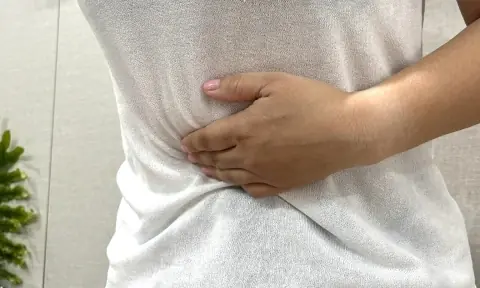
5 diseases that cause stomach pain after eating

More Than Just Leaves: The Hidden Healing Power of Fish Mint Roots
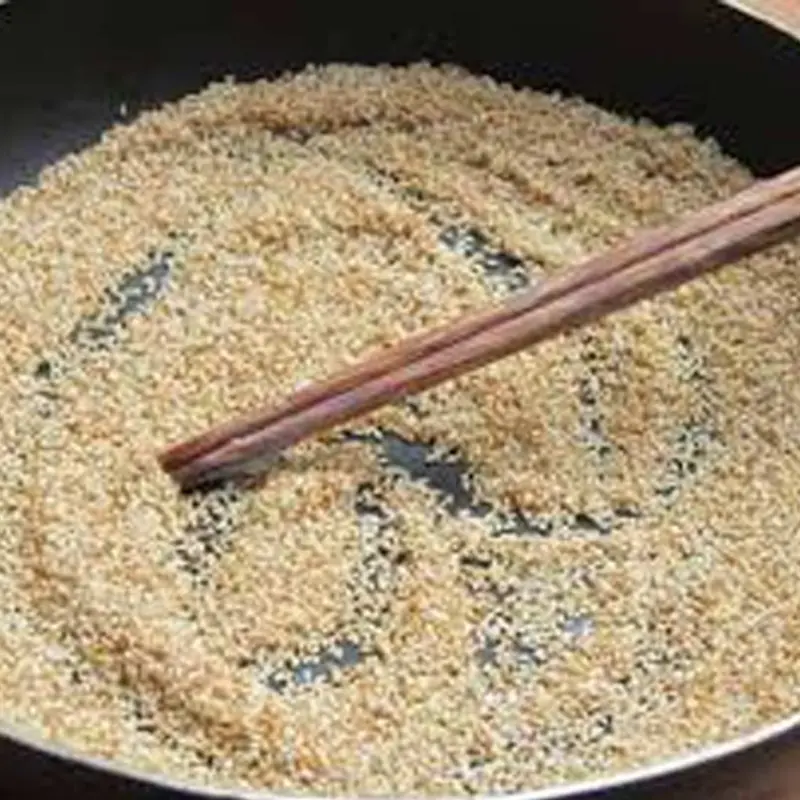
Don’t Dismiss This “Rustic” Dish – It’s a Stomach Healer and a Breakfast Hero!
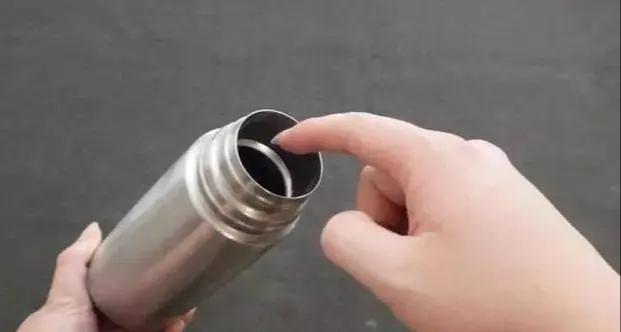
The “Dark Secret” of Thermos Bottles: Most People Use Them Without Knowing the Risks

"King of herbs" is good for the heart and breaks down kidney stones

Sick pork can be used as fish feed, just "cook it and it's done": What do experts say?

Should you drink water that has been left overnight and uncovered?
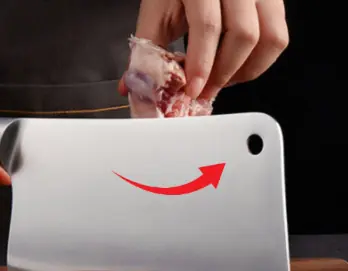
What the small hole on a kn.ife is for?

Think Salmon Is the King of Omega-3? Think Again—This Humble Supermarket Fish Takes the Crown

Even if the Noodle Seller Denies It, This 5-Second Trick Will Reveal If Borax Is in Your Noodles

5 foods that are better off stored outside the fridge

Unexplained Phenomenon: Strange Signals Suspected Aliens Are Trying to Contact Earth?
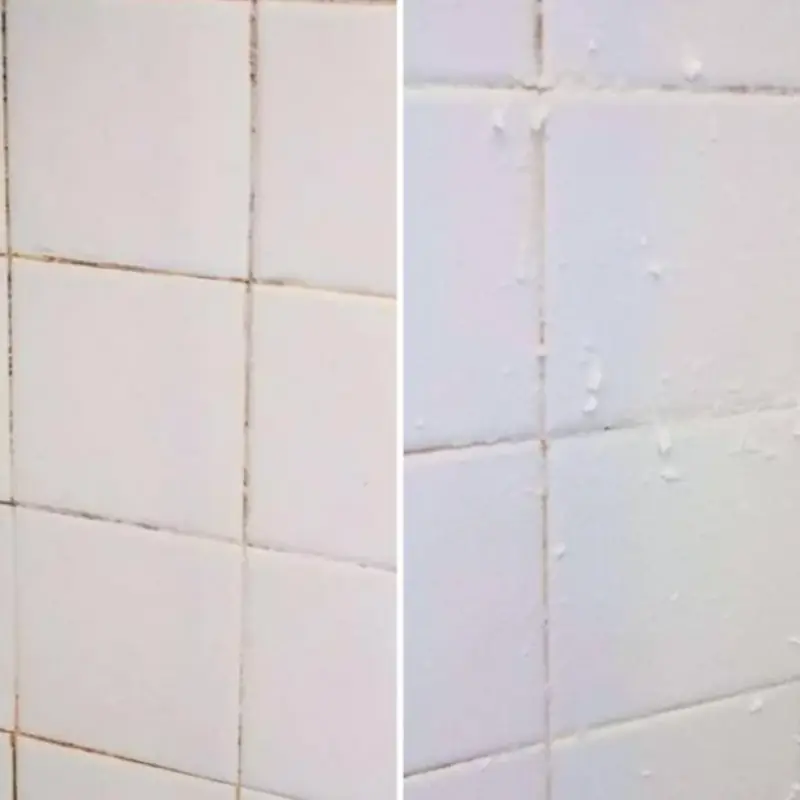
Dirty Grout Between Bathroom Tiles? These 5 Simple Methods Will Restore the Shine With Minimal Effort

No More Watery or Dry Meat – Use This Drop Method to Defrost Fast and Keep It Fresh
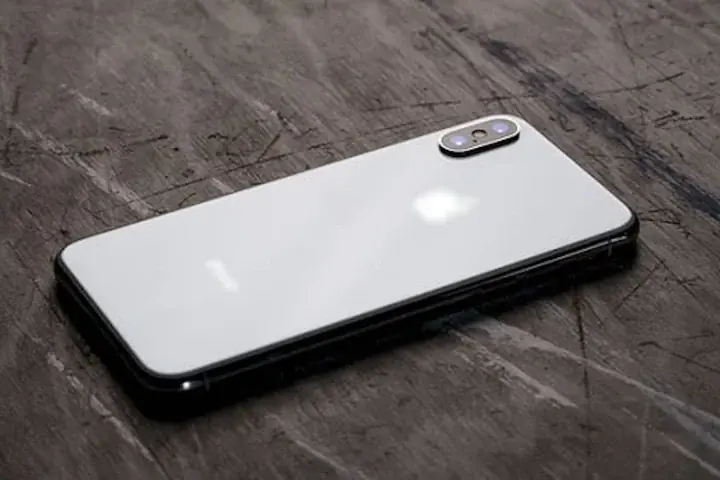
Why smart people always do that?
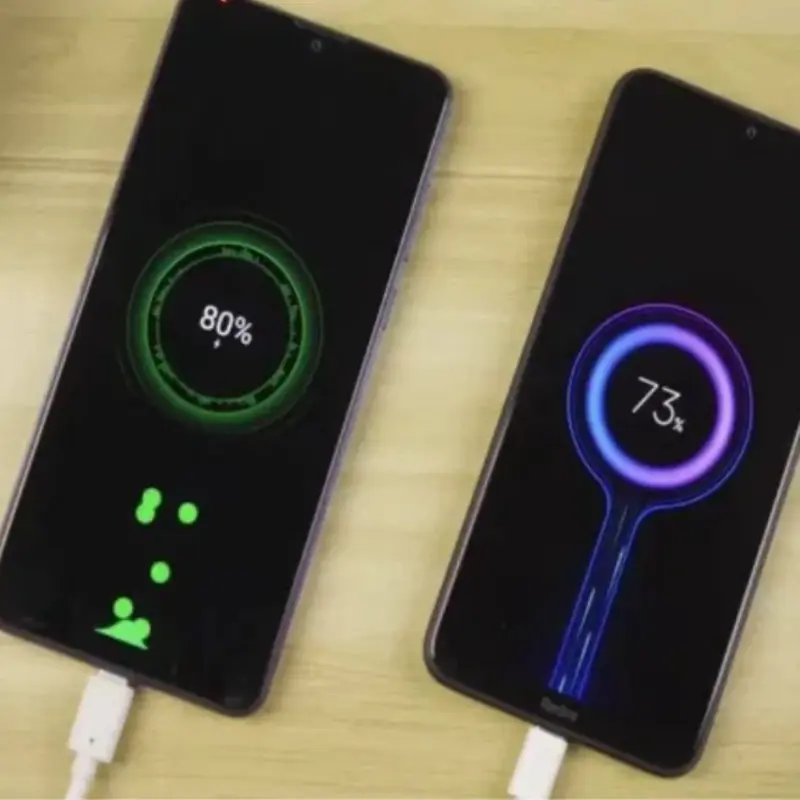
Stop Charging Your Battery to Full — This Proven Method Protects It from Damage and Keeps It Running for a Decade
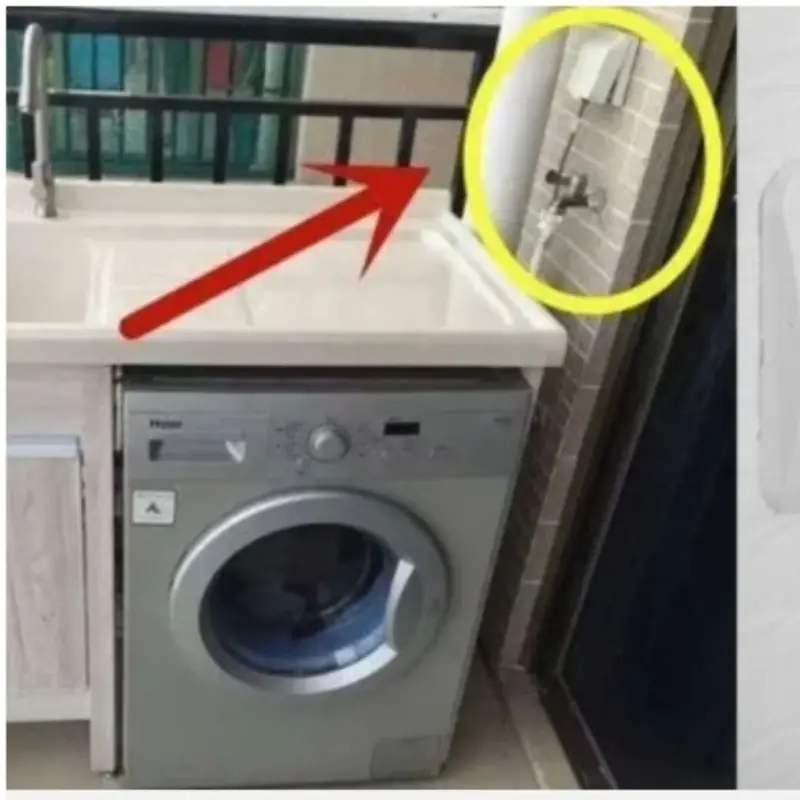
It's Not Your Air Conditioner This Hidden 'Power Thief' Is Draining Your Wallet
News Post

For the Sake of Your Family’s Health, I Strongly Urge You to Get Rid of These 10 Items

Drinking Coffee at These Two Times Is Like “Poiso.ning Your Body”

No Need for Sprays or Mosquito Nets: Just Place This Herb in Your Room and Mosquitoes Will Flee

Hotel Check-In: Say These 3 Sentences to the Front Desk for Instant Perks!

How To Grow Coconut Tree From Coconut Fruit

How To Grow Strawberries From Seed
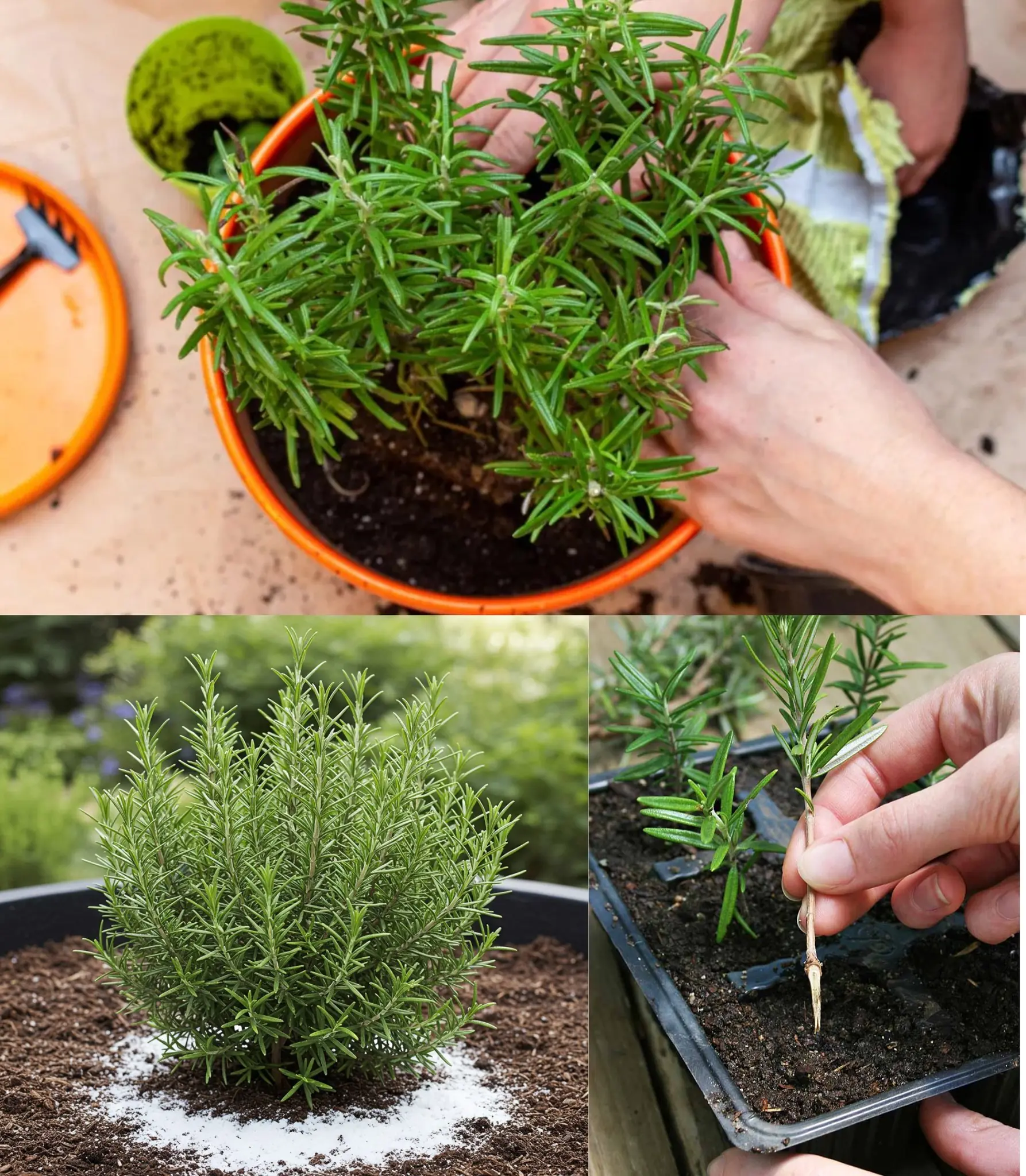
Rosemary Never Dries Again – Here’s the Gardener’s Trick!
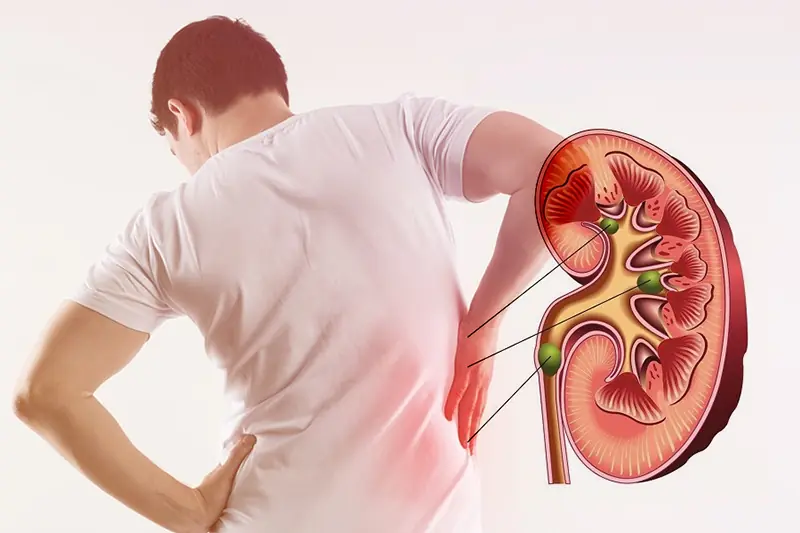
8 symptoms of kidney fai.lure you should never ignore

How to Grow Pumpkins in Your Home Garden
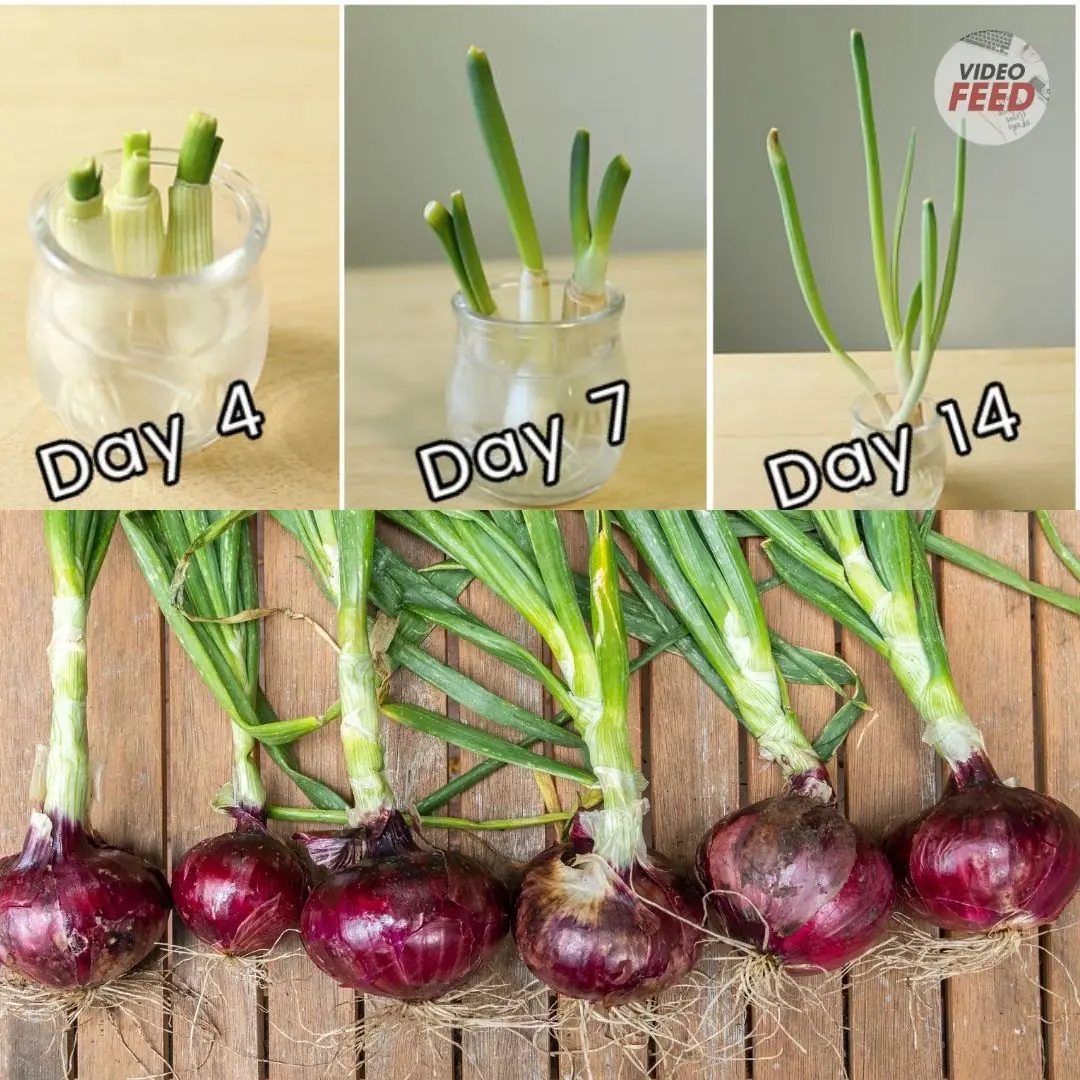
How to Grow and Care for Red Onions in the Garden

6 Easy Steps to Plant Radish Seeds in an Organic Kitchen Garden

3 things that don’t go well with eggs
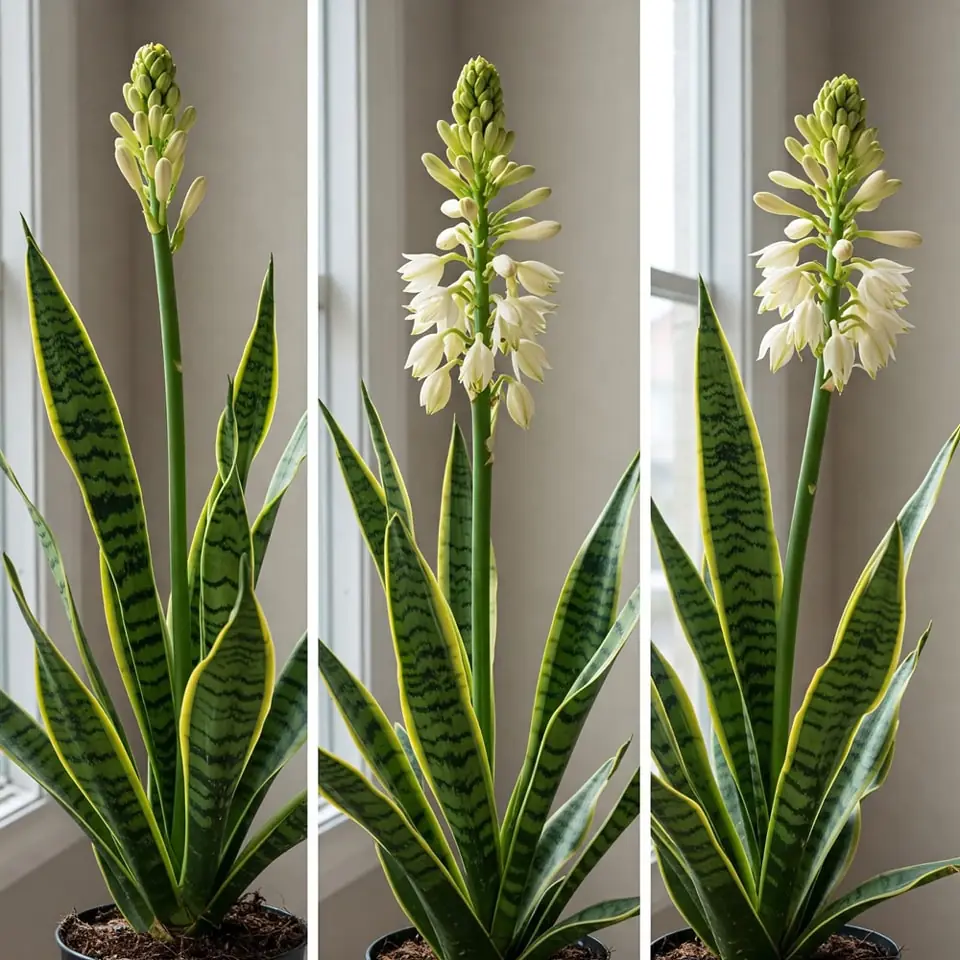
Snake Plants and Their Rare Blooming Phenomenon: A Guide to Encouraging Flowers

How to Grow Cabbage: 10 Tips for a Successful Harvest
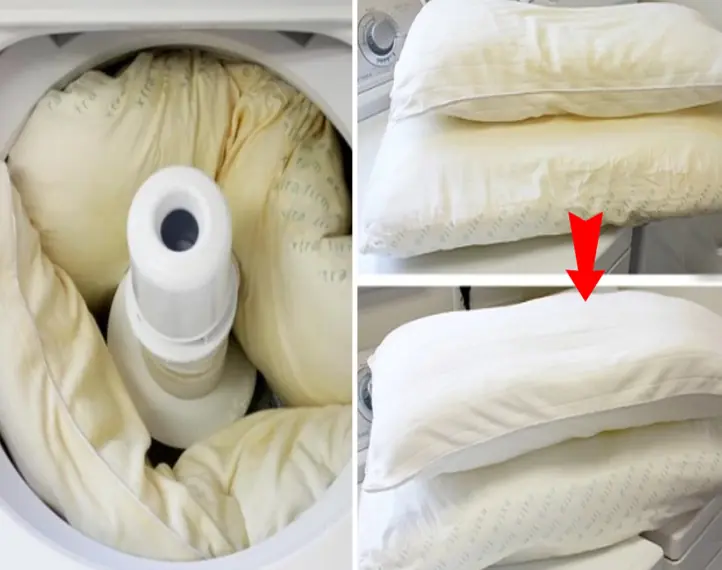
Tips for cleaning yellow pillow cores with tiny mold spots
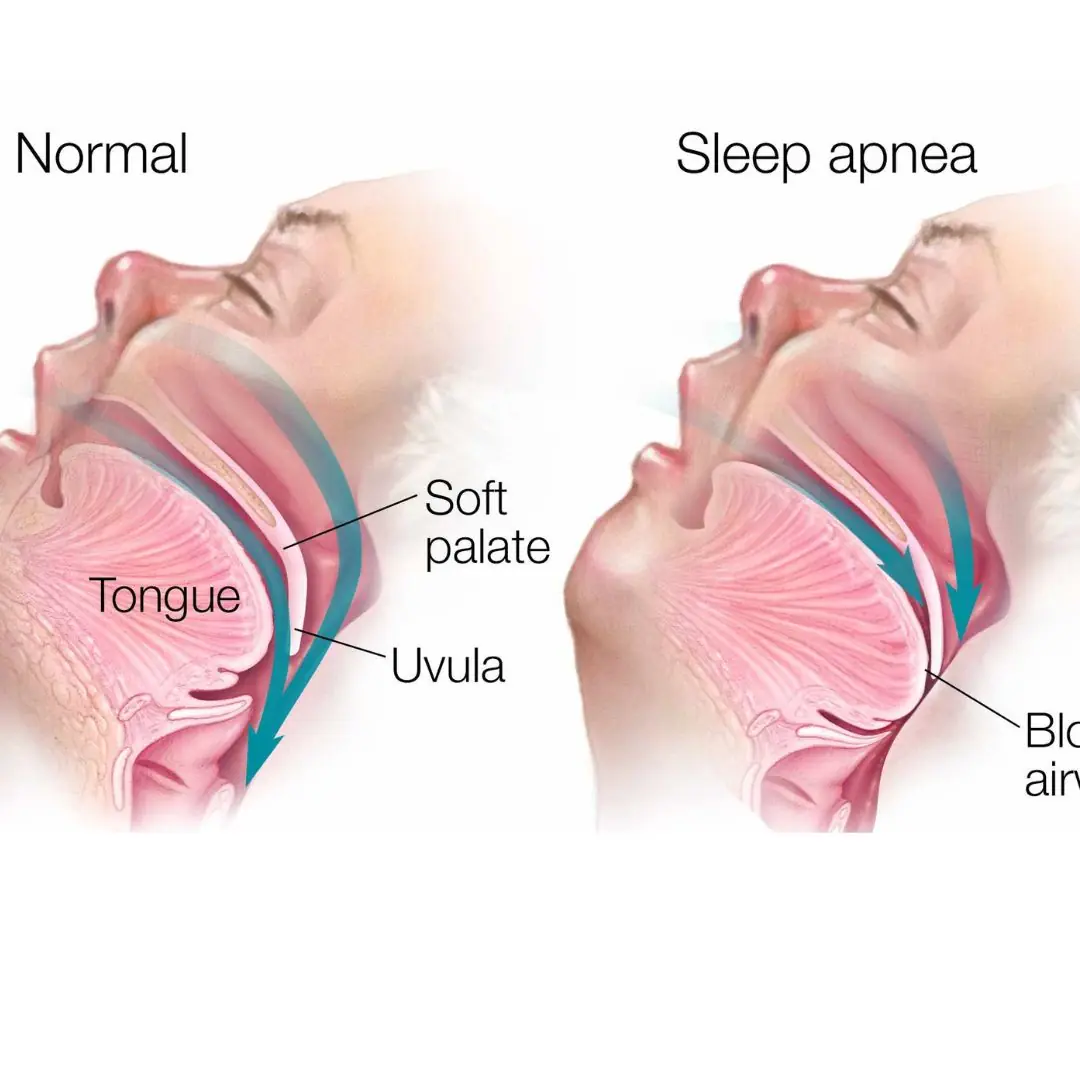
4 Signs You Might Have Sleep Apnea
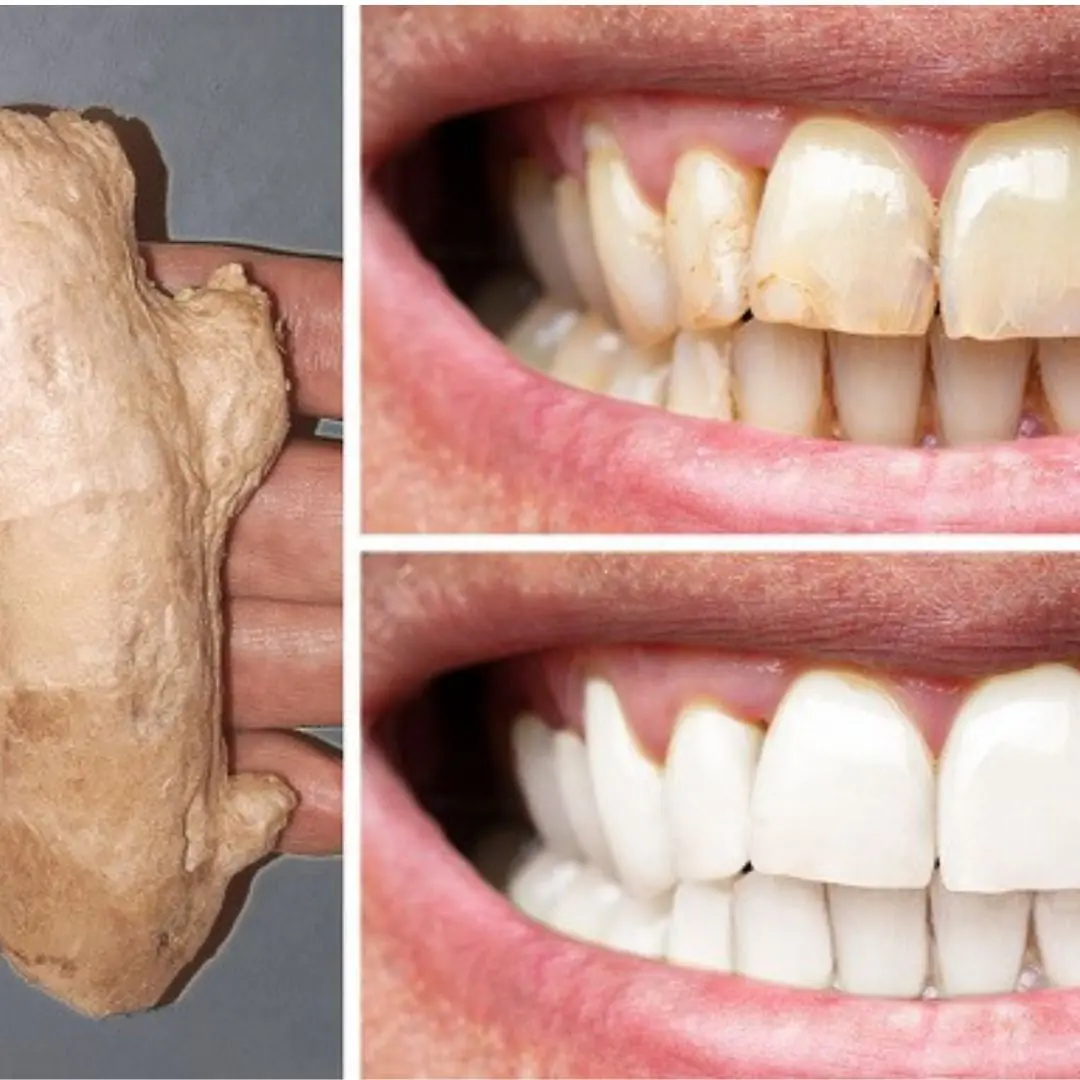
7 Natural Tips to Improve Teeth Whiteness at Home

5 foods you should never keep overnight
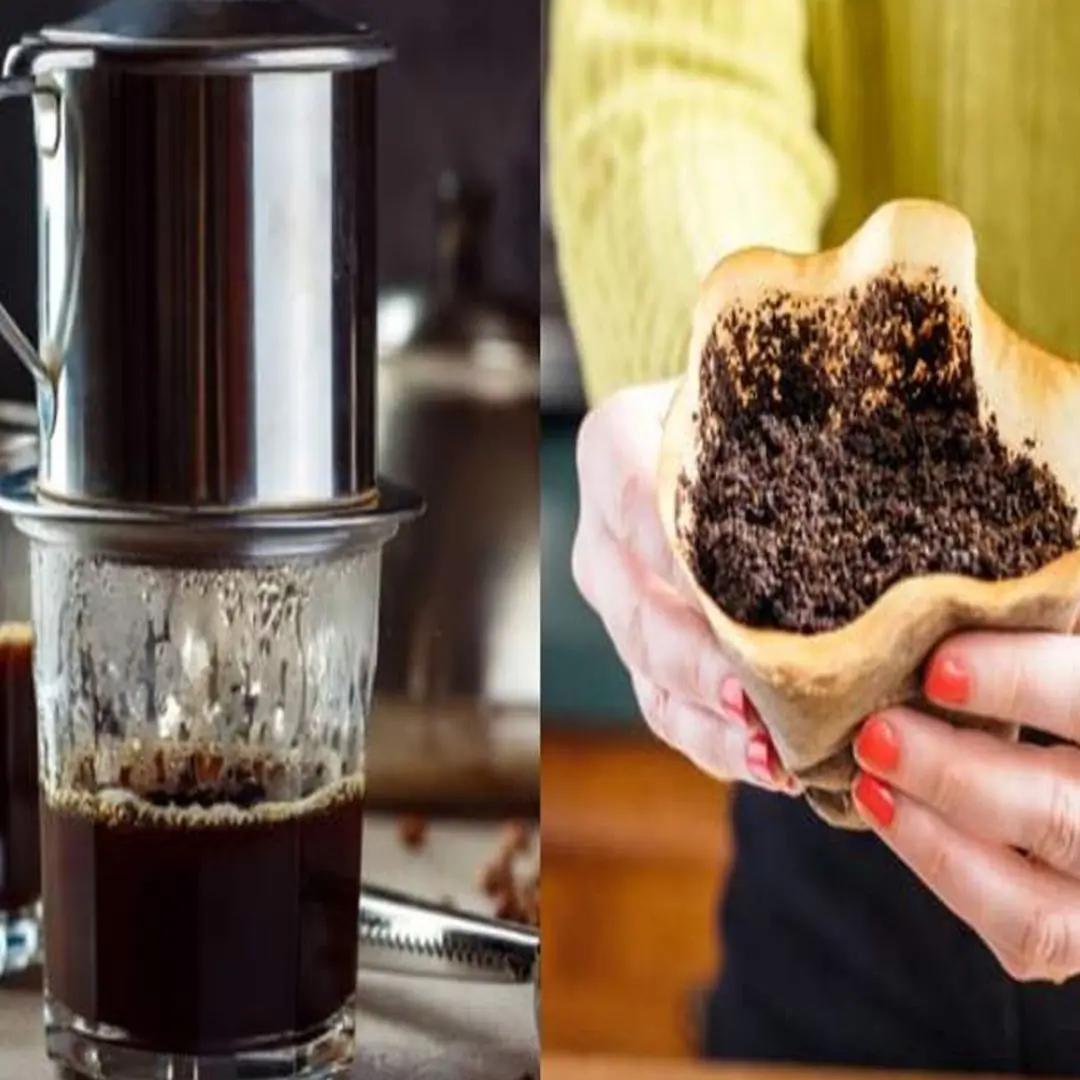
Throwing away coffee grounds is like throwing away money. Uses of coffee grounds that every home needs
